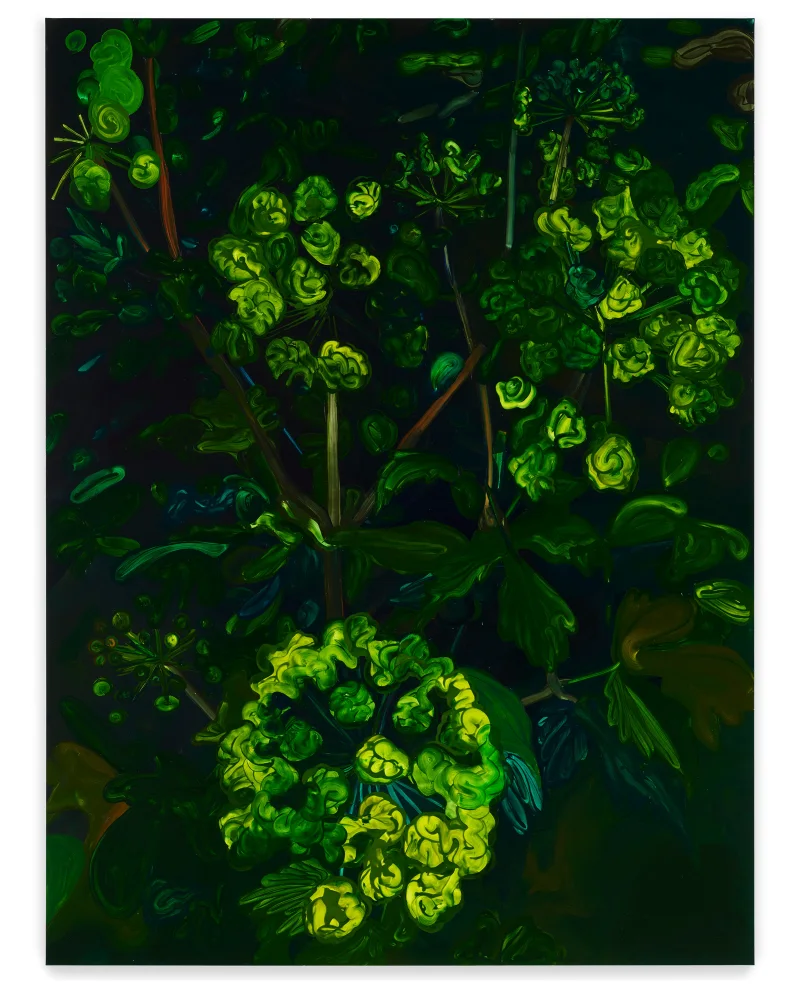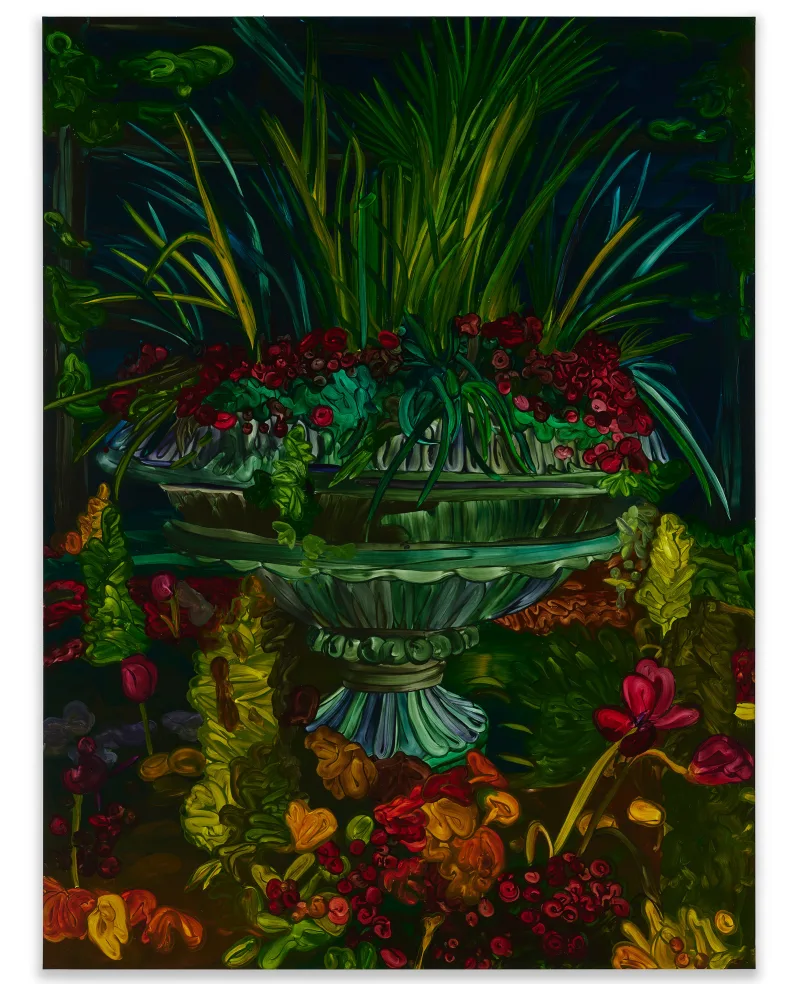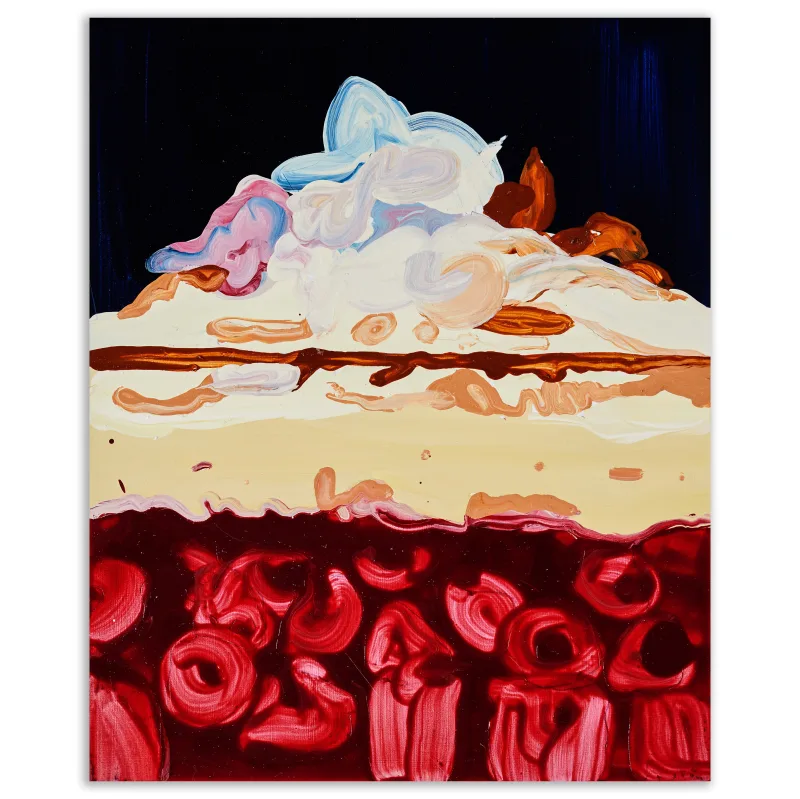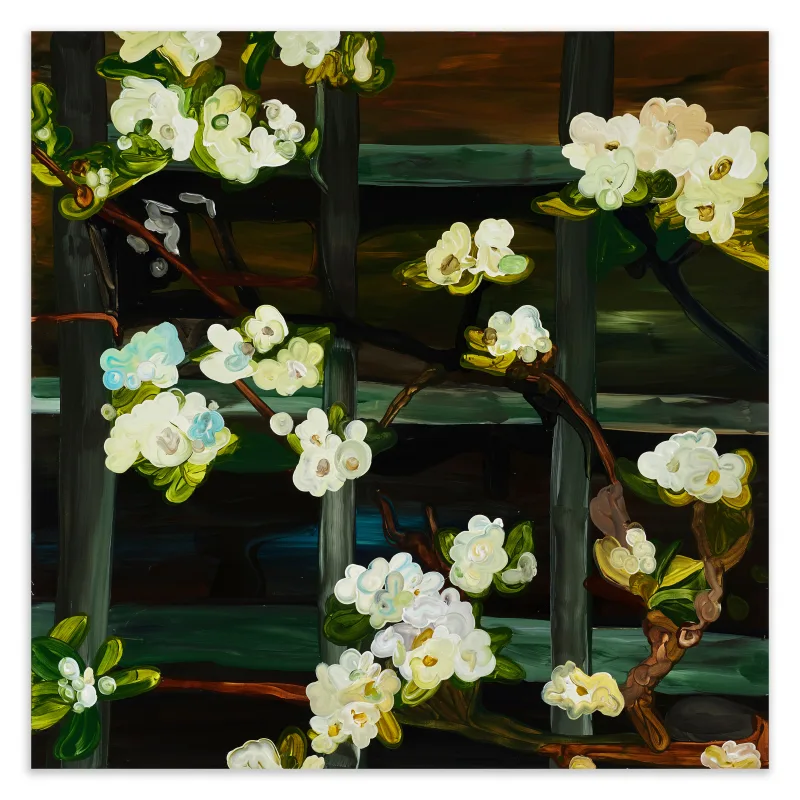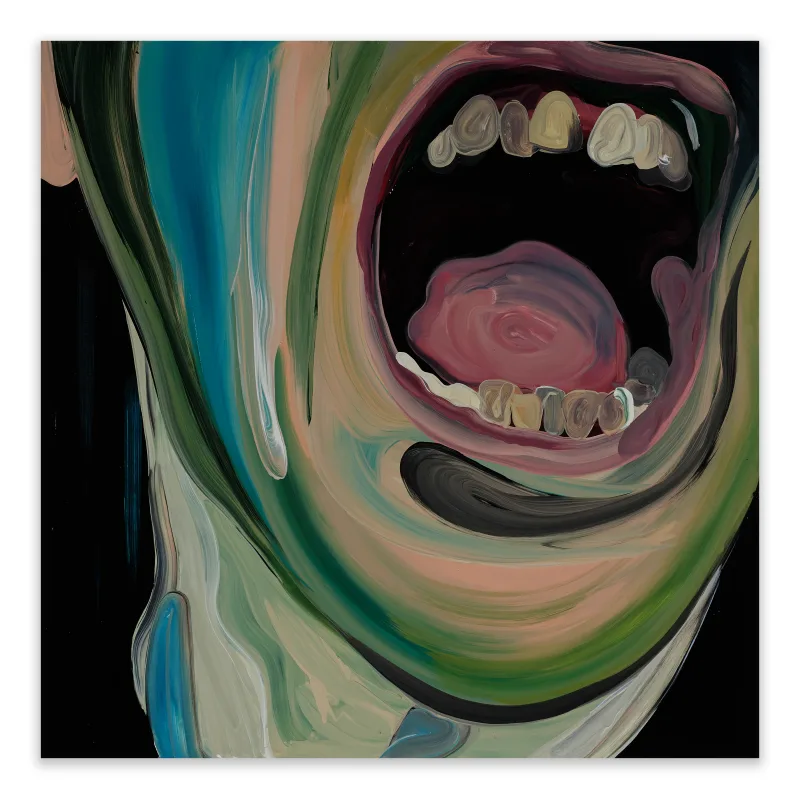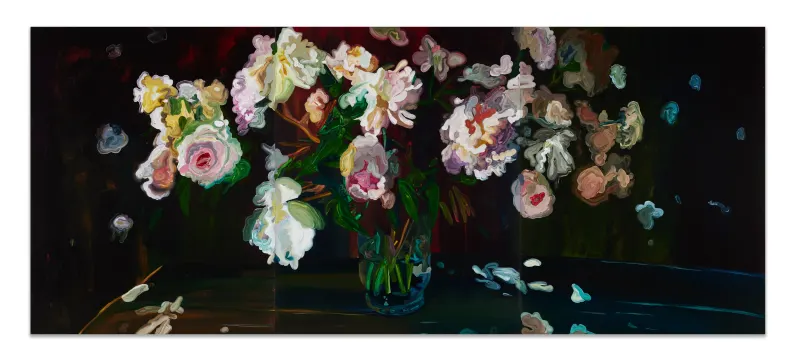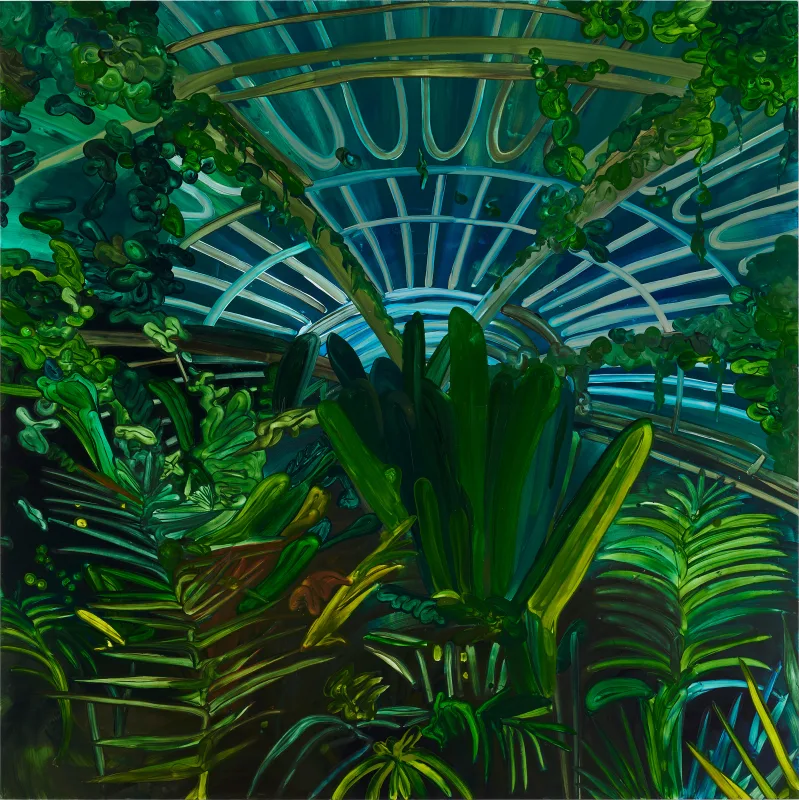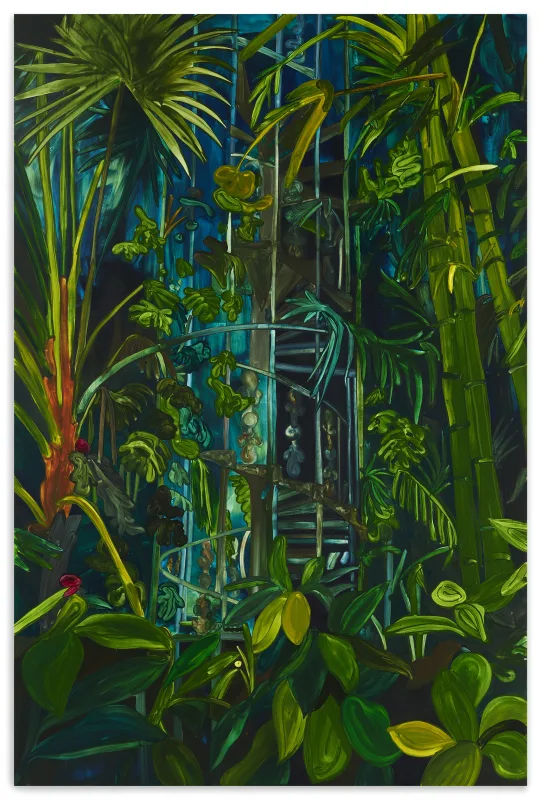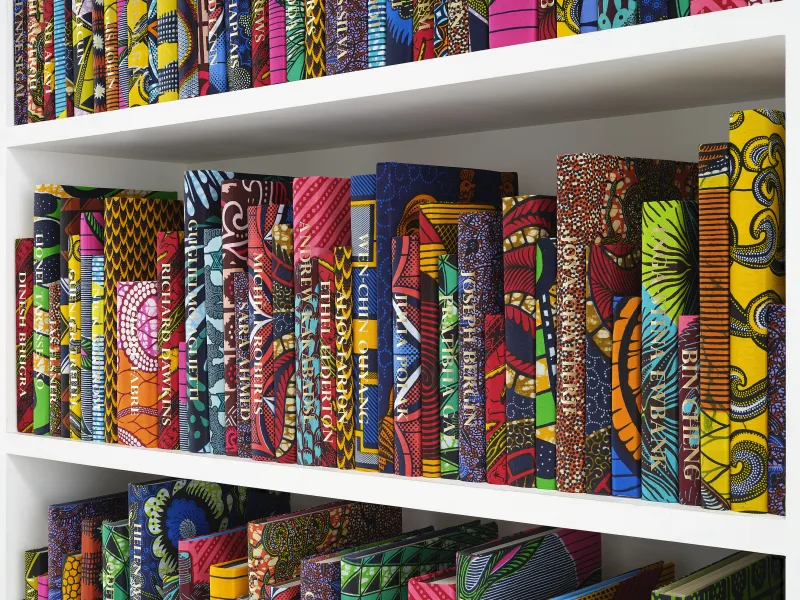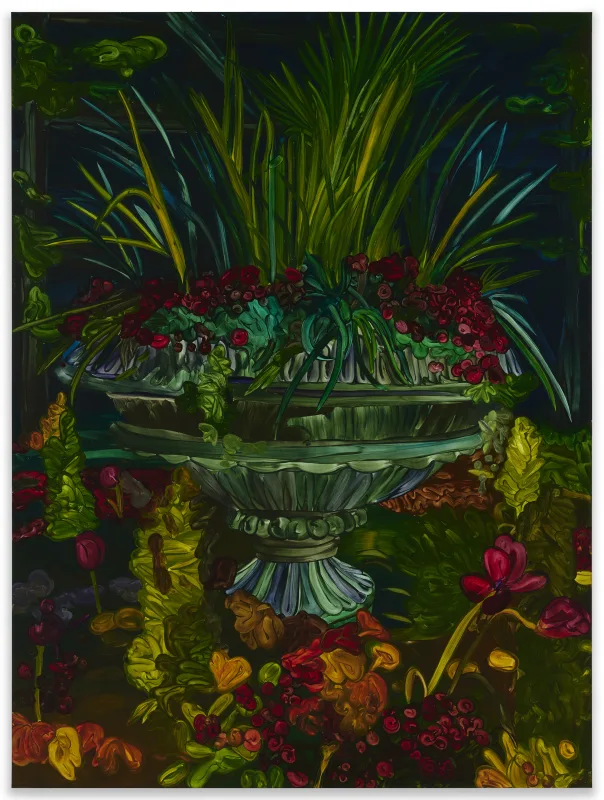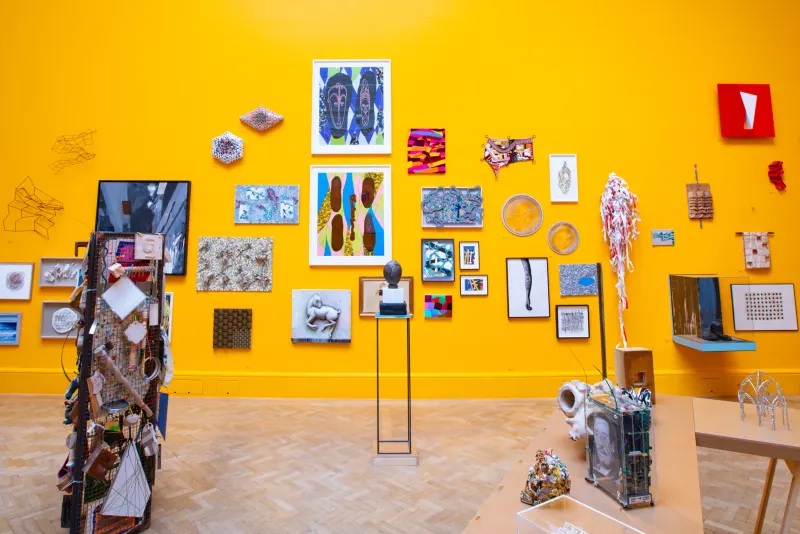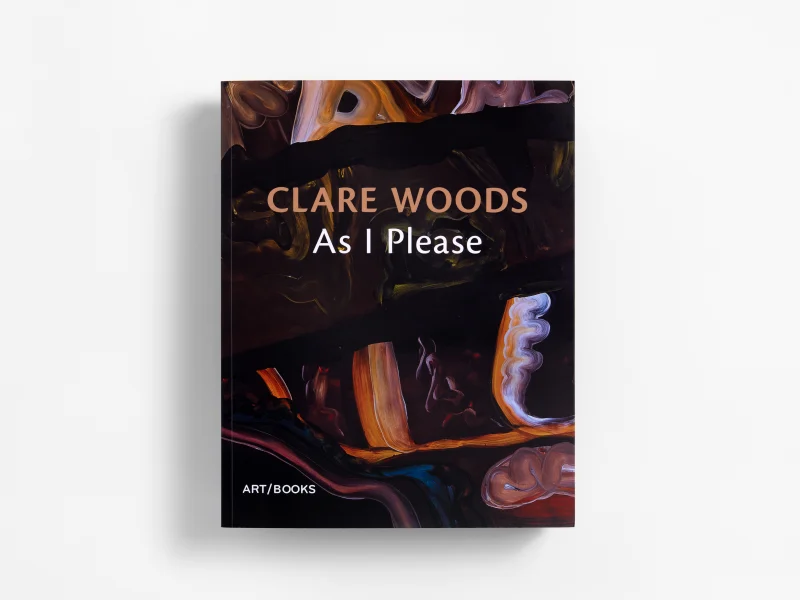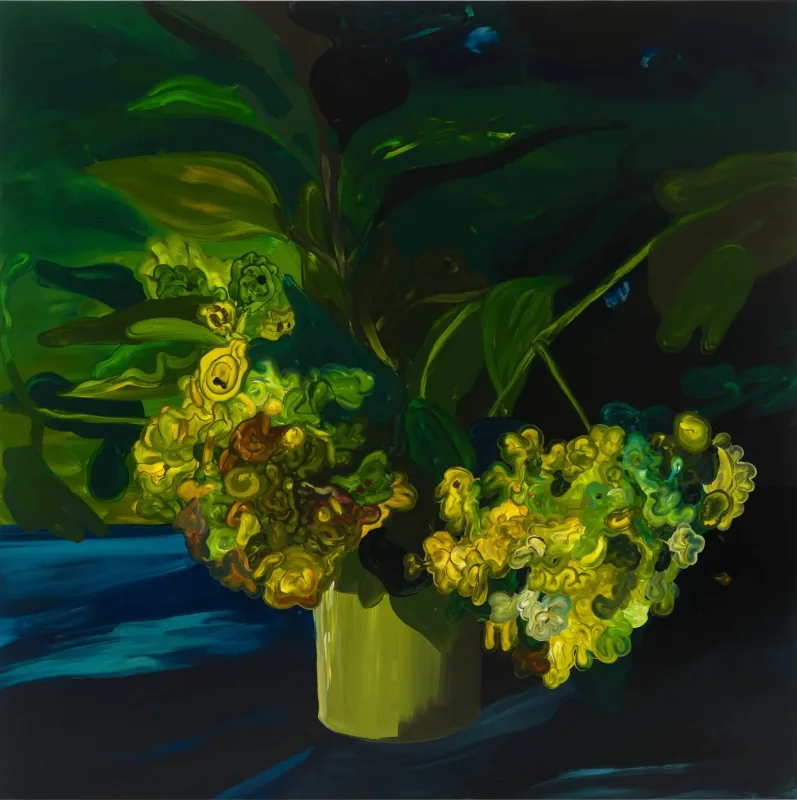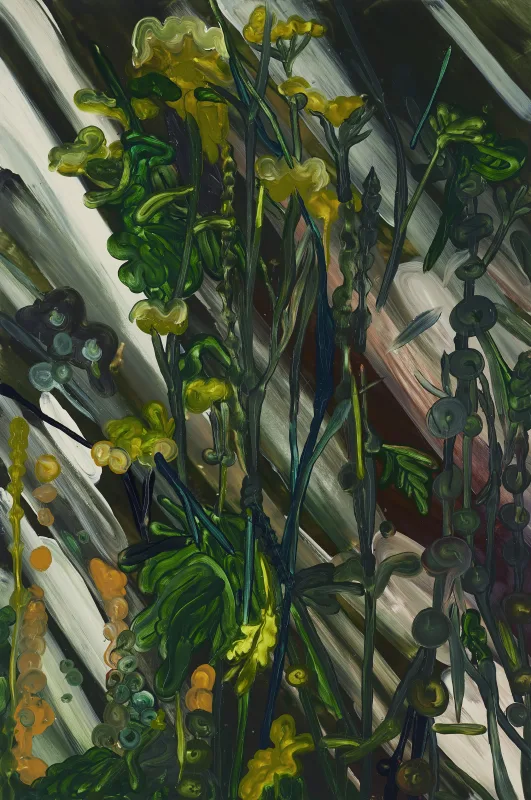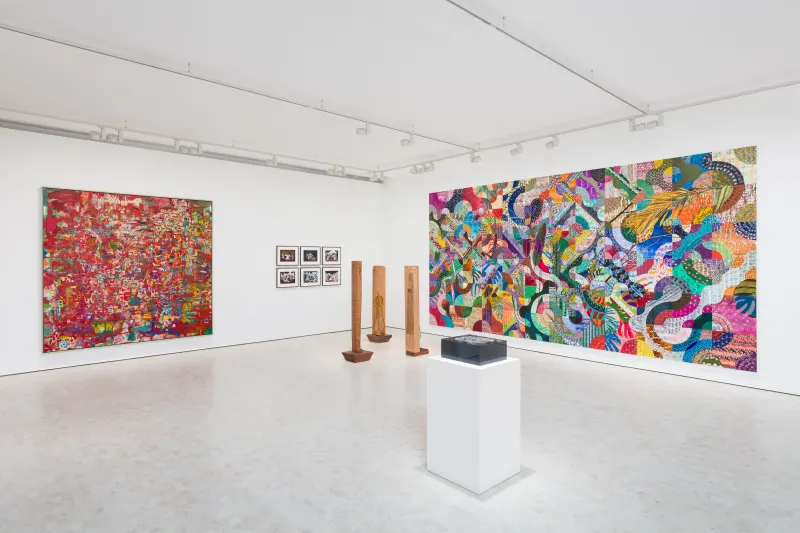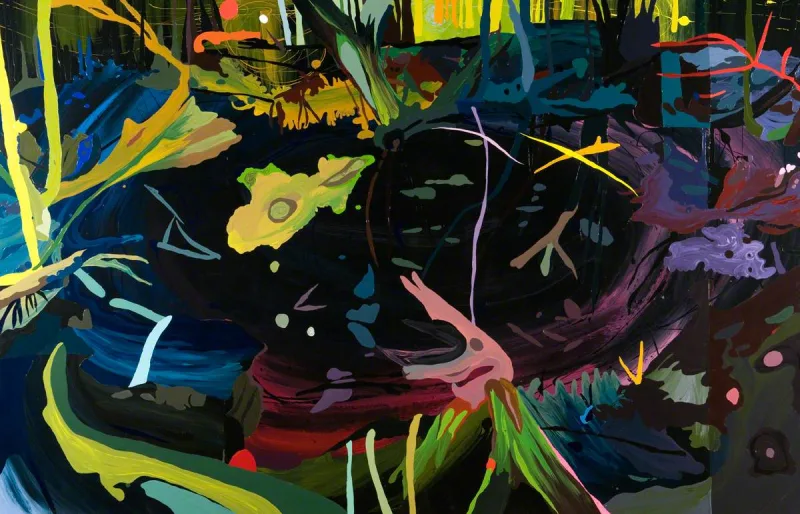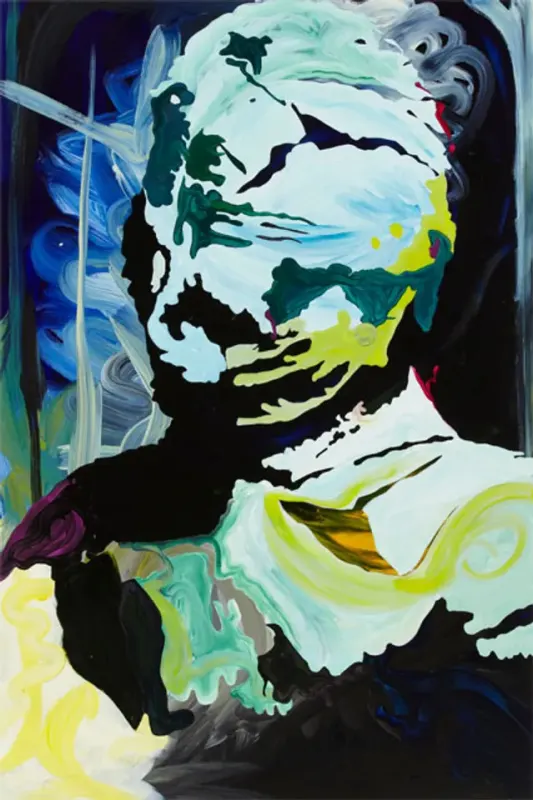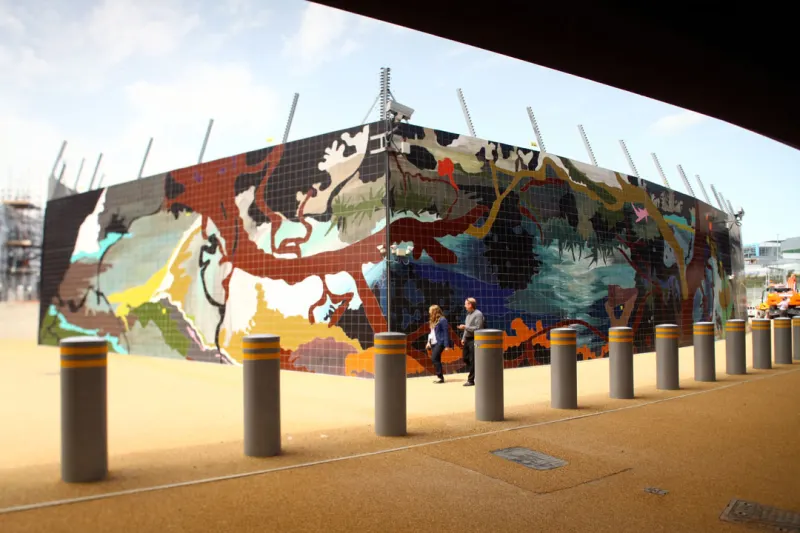
Clare Woods
Overview
Hovering between abstraction and figuration, Clare Woods’ visceral paintings are characterised by fluid mark-making and vibrant colours.
Hovering between abstraction and figuration, Clare Woods’ visceral paintings are characterised by fluid mark-making and vibrant colours.
Originally trained as a sculptor, much of Woods’ work is occupied with exploring physical form in two-dimensional space. Fusing diverse influences from Paul Nash and Barbara Hepworth to Marlene Dumas and Wolfgang Tillmans, Woods destabilises traditional art historical genres including landscape, portraiture, and still life. Themes such as beauty, mortality, and loss underpin her practice.
Woods’ compositions evolve from an archive holding thousands of found and personal photographs. Using instinctive, free-flowing brushstrokes, Woods defamiliarises her source imagery by breaking them down into their formal elements. The artist begins with a single image, drawing a simple outline on gessoed aluminium before considering how to approach its flattened structure in paint. Combining oil and resin to “make the paint move”, Woods adjusts colour and tone through the weight of her brush as a sculptor might manipulate clay. Working from above enables Woods to act from her shoulder rather than her wrist, adding further movement to her paintings as she pushes and smears the wet pigment across the surface.
Like her initial subject matter, the artist’s titles are selected intuitively from an immense archive of quotations. Intended to trigger an emotional response in the viewer, it offers “another way into the work”. In this respect, she can be seen as “an inheritor of the Surrealist baton,” Simon Martin writes in an essay for her exhibition at Pallant House Gallery in 2016. “Woods is able to identify and interpret in paint unconscious associations that others would not see.”
















